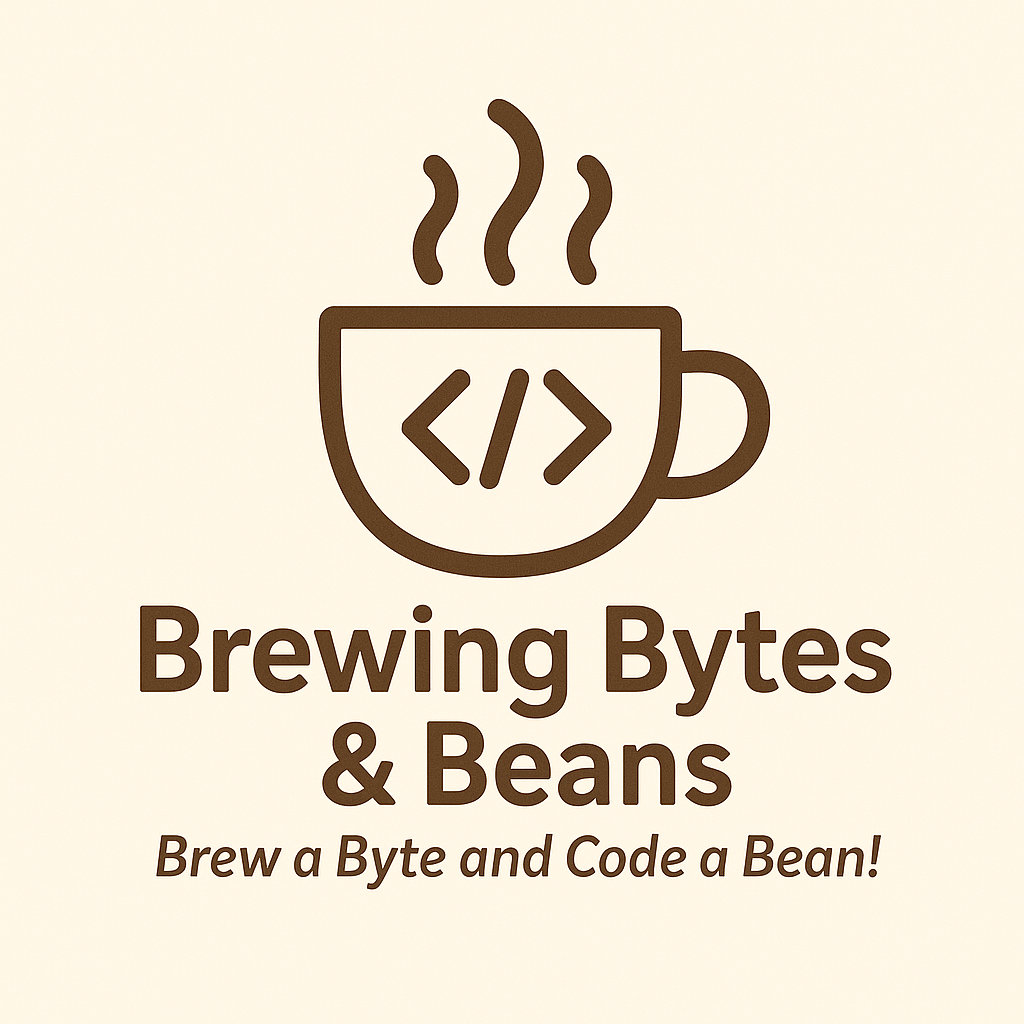The Future of Passwords: What NIST's New Guidelines Mean for System Admins (and Your Coffee)
For system administrators, managing passwords can sometimes feel like you're brewing an endless pot of coffee—always on, always demanding attention, and never being able to keep up. But with the latest updates from the National Institute of Standards and Technology (NIST), password management might finally become less of a bitter task and more like a smooth cup of coffee that keeps everything running without a hitch.
What’s Brewing in NIST’s New Guidelines?
The SP 800-63-4 update is here to simplify things and make password management far more practical, both for end users and system administrators alike. Gone are the days of forcing people to use an incomprehensible combination of upper/lowercase letters, numbers, and symbols (looking at you, “P@$$w0rd123!”), and making them change it every few months. Instead, NIST’s latest guidelines focus on security that actually works, rather than security theater that just looks good on paper.
Let’s break down the key changes and see how they’ll help make your job easier:
1. No More Complex Password Rules
Old Rule: “Your password must have at least one uppercase letter, one lowercase letter, a number, a symbol, and a hieroglyph from the Rosetta Stone.”
New Rule: Passwords should now focus on length over complexity. NIST recommends at least 8 characters, but encourages aiming for 15. That may seem long, but it’s way easier to remember something like "ILoveFreshCoffeeEveryMorning" than "Qw7&f#2L!"—and it's also much harder to crack through brute force attacks.
How It Helps System Admins:
- Fewer Password Resets: Users won’t be constantly resetting complex passwords they forget. This reduces helpdesk tickets and allows you to spend more time on actual system management, rather than being the “password reset guy.”
- Less Sticky-Note Madness: Longer, more memorable passwords mean fewer sticky notes with passwords floating around. No more users writing "Pa$$w0rd!123" on a Post-it note stuck to their monitor. (Yes, we see those.)
2. No More Frequent Password Changes
Old Rule: Change your password every 60 or 90 days (or, let’s be honest, cycle between your last two passwords, tweaking a number at the end).
New Rule: Passwords should only be changed if there’s evidence of a breach. Making users change them regularly often leads to weaker passwords and worse security practices.
How It Helps System Admins:
- Reduced Administrative Overhead: Imagine not having to chase users down every 90 days, reminding them to change their password, only for them to create "Summer2024!" after "Spring2024!"
- Improved Security: By only changing passwords when necessary (like after a breach), you reduce the risk of users resorting to guessable patterns. This gives you time to focus on actual security issues like ensuring patches are applied, instead of managing "password seasonality."
3. Supporting Longer and More Flexible Passwords
Old Rule: Passwords were often limited to a short length, usually 12-16 characters, and often restricted to a narrow set of ASCII symbols (ex. Â, ¿, more symbols at: https://theasciicode.com.ar/).
New Rule: The maximum password length has been increased to 64 characters, and Unicode characters are allowed. Want to add emoji to your password or a phrase in another language? You can do that now.
How It Helps System Admins:
- Enhanced Flexibility: Users can create passwords that are personal and easier to remember without sacrificing security. This means fewer locked-out accounts due to forgotten passwords.
- Stronger Passwords by Default: With support for Unicode, users can create longer, more unique passwords (like "☕️IReallyLoveCoffeeAndSecurity2024☕️"), further boosting your organization’s security.
4. No More Knowledge-Based Authentication (KBA)
Old Rule: Ask your users personal questions like “What’s your mother’s maiden name?” or “What’s the name of your first pet?” (which hackers probably know thanks to social media).
New Rule: Stop using knowledge-based authentication altogether! It’s not secure anymore, given the wealth of personal information available online.
How It Helps System Admins:
- Fewer Vulnerabilities: KBA is inherently weak, especially when people post their entire life story on social media. By removing this option, you reduce a significant attack vector.
- Streamlined Authentication: You can implement stronger, more modern methods of authentication like multi-factor authentication (MFA), which offers far better protection than relying on users remembering their favorite coffee shop.
5. Continuous Evaluation of Security
NIST now encourages continuous evaluation of your authentication systems. This includes monitoring for potential breaches, assessing the strength of your password policies, and checking for weaknesses in real-time, rather than relying on outdated, static security reviews.
How It Helps System Admins:
- Proactive Security: Rather than waiting for something to go wrong, continuous evaluation tools allow you to catch issues early. Whether it’s a phishing attack or a brute-force attempt, staying ahead of the game means fewer sleepless nights (and maybe less reliance on caffeine).
- Custom Metrics: You can set specific metrics for your organization’s identity solutions, helping you assess performance in real-world scenarios, and making sure you’re not just complying with NIST but actively strengthening security.
6. Syncable Authenticators & Digital Wallets
NIST is now embracing syncable authenticators and digital wallets as part of modern authentication strategies. Think of these like the coffee loyalty apps you already use: they’re stored securely, sync across devices, and offer a convenient way to authenticate users without relying on outdated password methods.
How It Helps System Admins:
- Future-Proofing: As digital wallets and passwordless authentication become more common, you’re preparing your organization for the next generation of secure authentication methods. This means fewer passwords to manage in the long run.
- Streamlined User Experience: Users will appreciate a smooth, secure login experience, which reduces frustration and boosts compliance with your security policies.
Conclusion: Sip Your Coffee, Secure Your Network
NIST’s updated guidelines are a huge win for system admins. By prioritizing password length, eliminating unnecessary password changes, and phasing out outdated security methods like KBA, the SP 800-63-4 guidelines allow you to focus on real security—not just managing endless password resets.
So, next time you sip that coffee while staring at your terminal, know that your password management just got a lot smoother—like a perfectly brewed cup of your favorite blend. Fewer helpdesk calls, stronger security, and more time to enjoy your caffeine fix.
For a deep dive into the full guidelines, check out NIST’s official SP 800-63-4 document. It might not pair well with a cappuccino, but it’s sure to be a security game-changer.
Sources:
(NIST Pages)
(NIST Computer Security Resource Center).

